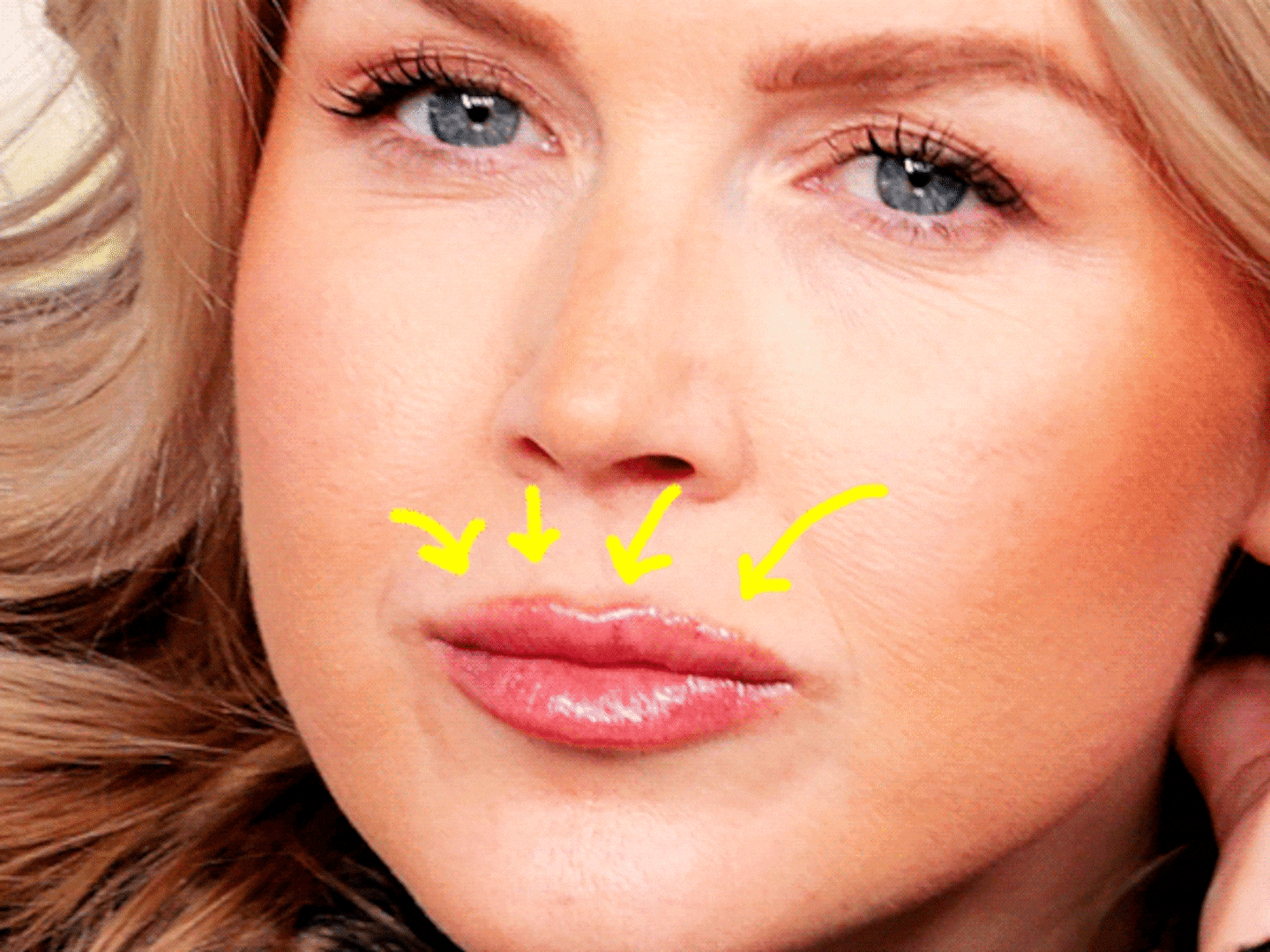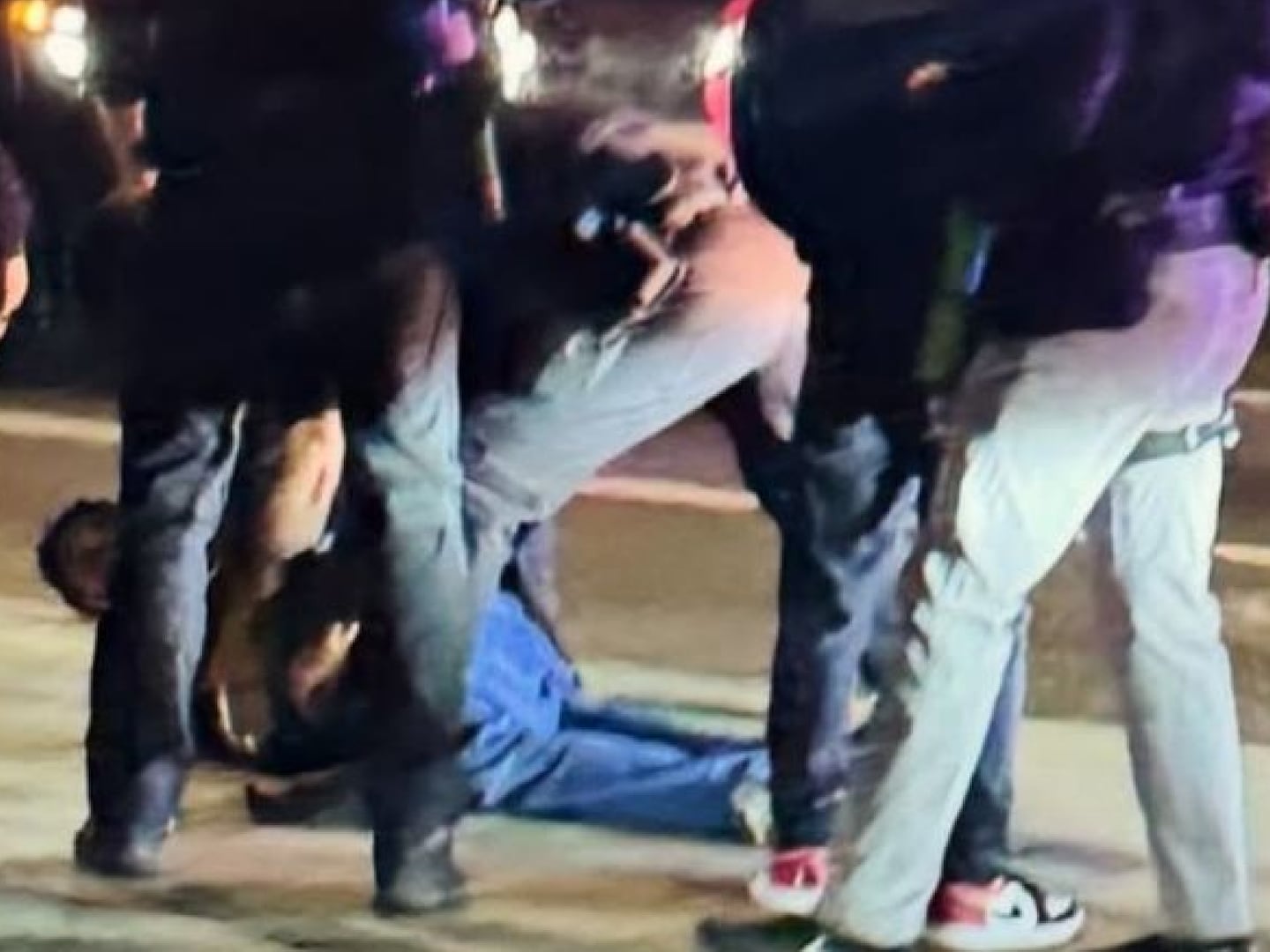It’s the final countdown for Amanda Knox and Raffaele Sollecito as closing arguments begin in their new appeal against their 2009 convictions for the murder of British student Meredith Kercher, who was found stabbed to death in her locked bedroom during an Erasmus program in Italy.
If this all sounds familiar, that’s because it is the fourth time closing arguments have been delivered in an Italian court of law in this yet unsolved mystery.
In 2009, Knox and Sollecito were convicted of Kercher’s murder in Perugia and sentenced to 26 and 25 years in prison, respectively. In 2011, their convictions were overturned on appeal and they were released from custody. In 2013, those acquittals were themselves overturned by the high court of Italy in Rome, sending the case back to the appellate level to be tried again.
The new appeal—which is not a retrial or “double jeopardy” but a continuation of the same judicial procedure—began in Florence on September 30th. No matter what happens, Italy’s high court will have to once again consider the outcome of this appeal. In Italy, no case is considered closed until the high court signs off on it. That means this isn’t the last time closing arguments will be heard in this case.
Going into these closing arguments, Knox and Sollecito are considered guilty, albeit still provisionally, of Kercher’s 2007 murder. On Monday, Alessandro Crini, the prosecutor retrying the appeal, told the Florentine appellate court just why he thinks Knox and Sollecito should be back in jail for Kercher’s murder, stating that the high court had “razed to the ground” their acquittal. He focused much of his attention on forensic and circumstantial evidence against Knox, implying to some court watchers that perhaps he would be open to the possibility that Sollecito’s guilty verdict could be overturned and Knox’s upheld. Never in the more than five years of legal proceedings have we heard anything that has seemingly separated the two, but Crini’s focus is most certainly intended to mean that he thinks Knox is far more guilty than her erstwhile boyfriend.
Crini asked the court to consider all the evidence used to convict Knox and Sollecito in 2009—not just the previous appellate court’s focus on two highly-contested pieces of forensic evidence. Crini instead wants this court to look back to testimony that the first appellate court had dismissed. Crini told the court that they should not ignore the testimony by Nara Capezzali, an elderly neighbor who testified that she heard a blood curdling scream the night Kercher was murdered, followed by what she said were several people running up the metal steps near her home away from the house. Crini also told the court not to ignore the testimony by Antonio Curatolo, a homeless man who has since died, who said he saw Knox and Sollecito arguing and agitated late on the night of the murder as they allegedly looked over the crime scene from a perch near where he slept on a park bench. Crini also said the court needed to believe the testimony by Marco Quintavalle, a storeowner who claimed he saw a woman who looked like Knox buying bleach and cleaning supplies the morning after the murder.
Crini also told the court that results of a new examination of a knife, which the original prosecutors considered as the murder weapon, should be considered as proof that Knox killed Kercher. The knife, which was found in Sollecito’s apartment during the initial days of the investigation, has what the prosecution maintains is Kercher’s DNA in a tiny groove on the blade. The spot was too small to double-test, and it had to be amplified beyond the standard measures of practice in forensic science. In the original trial, DNA on the handle was attributed to Knox, which, together with the Kercher DNA, was crucial evidence used to convict the Seattle native. During the first appeal, the spot of DNA attributed to Kercher was deemed inconclusive by independent experts because it was too small to double-test. During the new appeal, a new examination of a previously untested spot on the blade near the handle again proved that Knox had at some point held the knife. No other spots on the knife were retested during this appellate trial, and Crini asked that the original findings—that Kercher’s DNA is on the blade—be considered in their final verdict in the new appeal. He said that the new tests proved for sure that Knox was the author of the murder.
On Monday, Crini did not ask that the court to consider forensic evidence used to convict Sollecito in the first trial—namely, his DNA on the metal hook from Kercher’s bra clasp. One of the most curious elements of the case has always been why Kercher’s bra was cut from her body after she was stabbed to death. Whoever removed her bra did so without removing her sweater, which was pulled above her breasts but still on her arms. According to crime scene surveillance video, the bra clasp, which was inadvertently left for six weeks in the sealed crime scene, had been moved across the room. The defense successfully argued that by leaving the bra clasp in the room, it could have been contaminated, even though there was no other DNA from Sollecito in the room. Crini instead focused on Sollecito’s alibi, stating that the Internet provider he used, Fastweb, showed that he was not active on his computer that night, but that any interaction was in the form of automated updates or timed email checks.
Crini told the court they must discount the alibis of both Knox and Sollecito as false statements, especially given the number of times their stories changed during the initial investigation. Crini also asked the court to consider whether or not Knox’s actions were normal the morning after the murder. He asked the court to consider whether it was normal to not be alarmed when she found that the door to their home open even no one was home, or why she did not flush the toilet when she noticed feces in it, telling the court that surely anyone would flush the toilet under any normal circumstance. “Why leave the toilet unflushed?” he asked. He also asked the court why Knox would have though it was “ok” to see spots of blood in her bathroom before she took a shower. He also said that while there were problems with Rudy Guede’s story, and it was not “tenable” that he acted alone in the murder.
Crini wrapped up his closing arguments on Monday, asking the court “not to make the same mistakes” as the first appellate court in Perugia. “When you separate the elements rather than uniting them, you lose the whole picture,” he said. Crini will continue his final arguments on Tuesday with a request that the court uphold the guilty verdicts and not only reinstate their prison sentences, but likely increase them to life in prison. Lawyers for the Kercher family and for Patrick Lumumba, the Congolese bar owner whom Knox originally accused of the murder, will then give their final statements. Knox and Sollecito’s defense teams will have their chance to refute Crini’s claims on December 16 and 17. A verdict is expected January 10, 2014.





